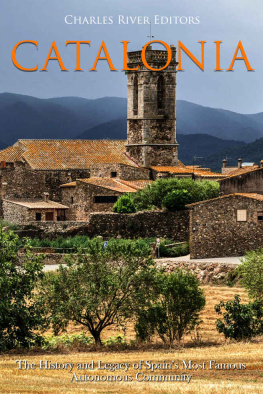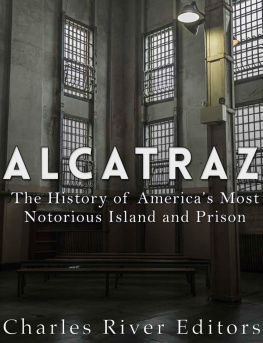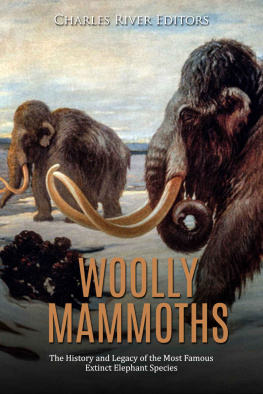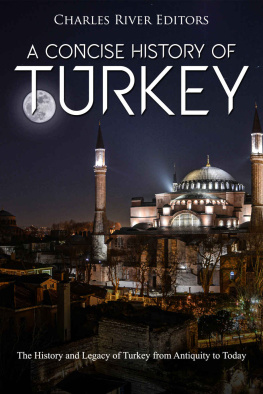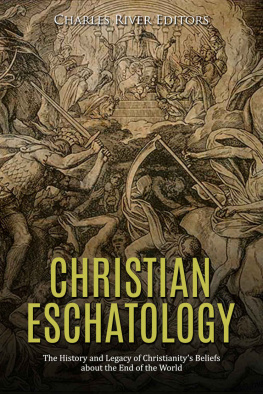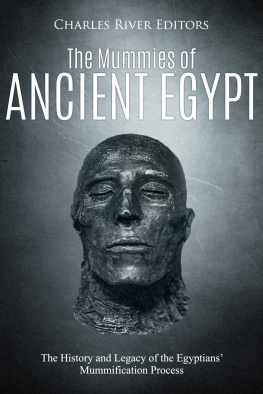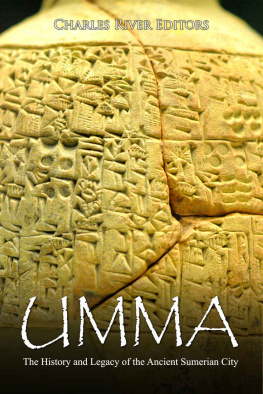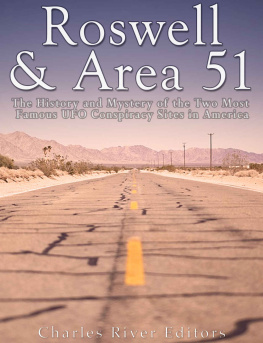Charles River Editors - Catalonia: The History and Legacy of Spain’s Most Famous Autonomous Community
Here you can read online Charles River Editors - Catalonia: The History and Legacy of Spain’s Most Famous Autonomous Community full text of the book (entire story) in english for free. Download pdf and epub, get meaning, cover and reviews about this ebook. year: 2019, publisher: Charles River Editors, genre: History. Description of the work, (preface) as well as reviews are available. Best literature library LitArk.com created for fans of good reading and offers a wide selection of genres:
Romance novel
Science fiction
Adventure
Detective
Science
History
Home and family
Prose
Art
Politics
Computer
Non-fiction
Religion
Business
Children
Humor
Choose a favorite category and find really read worthwhile books. Enjoy immersion in the world of imagination, feel the emotions of the characters or learn something new for yourself, make an fascinating discovery.
- Book:Catalonia: The History and Legacy of Spain’s Most Famous Autonomous Community
- Author:
- Publisher:Charles River Editors
- Genre:
- Year:2019
- Rating:4 / 5
- Favourites:Add to favourites
- Your mark:
- 80
- 1
- 2
- 3
- 4
- 5
Catalonia: The History and Legacy of Spain’s Most Famous Autonomous Community: summary, description and annotation
We offer to read an annotation, description, summary or preface (depends on what the author of the book "Catalonia: The History and Legacy of Spain’s Most Famous Autonomous Community" wrote himself). If you haven't found the necessary information about the book — write in the comments, we will try to find it.
Catalonia: The History and Legacy of Spain’s Most Famous Autonomous Community — read online for free the complete book (whole text) full work
Below is the text of the book, divided by pages. System saving the place of the last page read, allows you to conveniently read the book "Catalonia: The History and Legacy of Spain’s Most Famous Autonomous Community" online for free, without having to search again every time where you left off. Put a bookmark, and you can go to the page where you finished reading at any time.
Font size:
Interval:
Bookmark:
By Charles River Editors
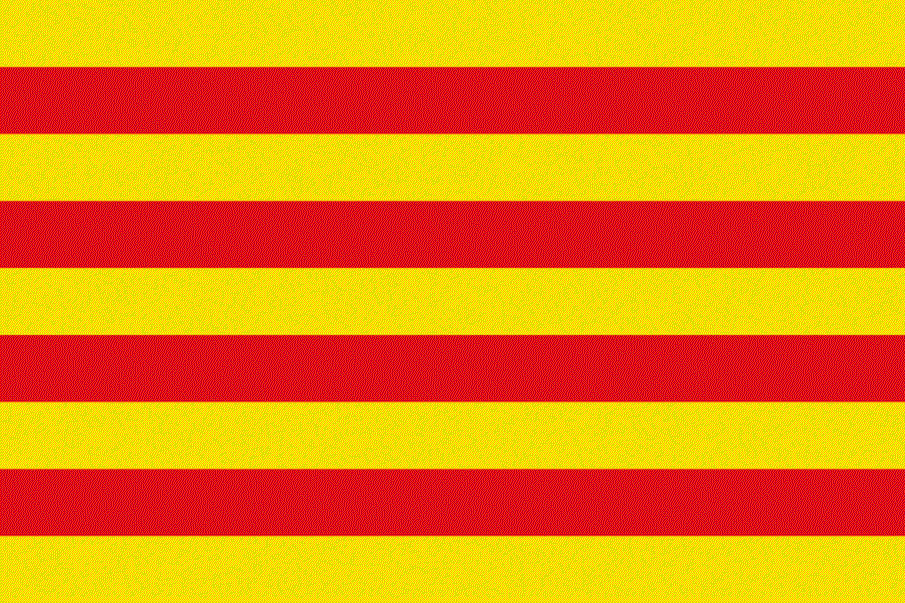
The flag of Catalonia

Charles River Editors is a boutique digital publishing company, specializing in bringing history back to life with educational and engaging books on a wide range of topics. Keep up to date with our new and free offerings with this 5 second sign up on our weekly mailing list , and visit Our Kindle Author Page to see other recently published Kindle titles.
We make these books for you and always want to know our readers opinions, so we encourage you to leave reviews and look forward to publishing new and exciting titles each week.
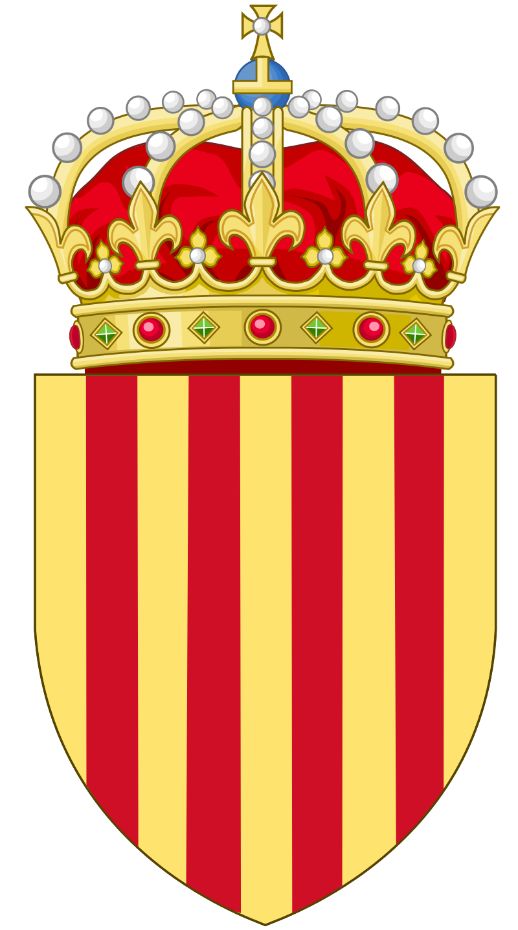
Catalonias coat of arms
Set in the northeastern corner of Spain and nestled next to France is the autonomous region of Catalonia. The name Catalonia is thought to mean the Land of Castellans (castlan means the governor of a castle), while another version of the story suggests that the name actually comes from Gothalanda, or Land of the Goths, who occupied it in the 5 th century. More than seeing themselves as Spaniards, Catalonian people see themselves as Catalan first and foremost, and they all are natively fluent in the language, Catalan. This fiercely guarded sense of identity no doubt comes from having been squeezed between the two major empires of France and Spain, as well as having been at the crossroads of those two powers violent struggles for centuries.
Shaped like an uneven triangle, Catalonia is comprised of four provinces that occupy an area of 12,390 square miles: Girona, Barcelona, Tarragona and Lleida. Catalonia also has a variety of different kinds of communities surrounding it, as its northern neighbors include the powerful country of France and the tiny nation of Andorra. To the south it has the autonomous community of Valencia, to the west is the autonomous community of Aragon, and on the east, it borders the Mediterranean Sea. Furthermore, there are natural boundaries that serve to divide Catalonia from its neighbors, namely the Pyrenees mountains, which separate it from France, and the pre-Pyrenees and the Ebro River basin, which mark its border with Aragon. It is home to several main rivers, including the Ter, Llobregat, and the Ebro, all of which end in the Mediterranean Sea.
Due to the considerable topographical diversity found in Catalonia, each of the four provinces are quite distinctive in their landscape and, therefore, in their economy. Three of the provinces (all but Lleida) have access to the Mediterranean Sea, and in contrast to the three other provinces that share a piece of the coastline, the inland Lleida province is found to the north of the Catalanides and is a high tableland. The Catalanides, a low-lying mountain range, divides the coastal plain from the Ebro river basin, a natural division between the towns of the coast that historically tended to be more industrial, as opposed to the settlements of the hinterlands that tended to be more predominantly agricultural. The main agricultural outputs of Catalonia were the foods associated with a Mediterranean diet, including wine, almonds, olives and olive oil, along with rice, potatoes and corn, many of which were actually brought there by ancient Greek settlers. In addition to these foodstuffs, there is a modest tradition of raising cows, sheep, and pigs, but only a third of Catalonia is currently dedicated to agricultural production.
The most significant part of Catalonia, in terms of population density, is found in the towns on the Catalan coast, whereas the hinterland is rather sparsely populated. Over the course of the 20 th century, Barcelona and its closely surrounding towns continued to attract more and more residents, further increasing this disparity.
After a tumultuous history during which it bounced back and forth in terms of its political status and relationship to Spains central government, Catalonia was granted its autonomy on December 18, 1979. In 2006, it came close to acquiring its total independence, but that status is still being hotly contested. For now, it is still formally part of the country of Spain, but it is governed by an executive council that is headed by a president. The executive branch of the government is called the Generalitat, and it also has a parliament with one chamber. It is currently home to an estimated 7.5 million people, many of whom continue pushing for the regions total independence from Spain.
Catalonia: The History and Legacy of Spains Most Famous Autonomous Community looks at the region, the most important events there, and the ongoing political tensions. Along with pictures depicting important people, places, and events, you will learn about Catalonia like never before.
Occupying more than 80% of the Iberian Peninsula today, modern Spain is a small country that also includes two major island chains (the Balearic and Canary Islands, along with a few minor Mediterranean islands), as well as two cities in North Africa: Ceuta and Melilla. A sunny, dry country, Spain is full of mountains, and the few rivers it does have cannot easily be traveled. This unforgiving inland geography that has endeared Spain to sunshine-loving tourists is also in many ways responsible for the slow speed of its modern birth, although it was long inhabited by a variety of people, including Iberians and Celts.
Although it is not easy to travel the waterways within Spain, that limitation was more than compensated for by its incredible access to the Mediterranean and the Atlantic Ocean. Thanks to this accessibility, in ancient times there were already coastal colonies established by the Greeks, the Phoenicians, and the Carthaginians before the Roman Empire was able to gain a foothold and ultimately conquer most of the Iberian Peninsula.
In fact, even before the Romans set foot on the territory there were already significant Phoenician and Carthaginian colonies founded throughout the Iberian Peninsula, and specifically in Catalonia. While it is widely assumed that Barcelona has Roman foundations, legend has it that it was actually Hamilcar Barca, the father of the famous Carthaginian general, Hannibal, who founded the city. If this is true, it would mean that the original name of Barcelona, Barcino, was actually meant to be a reference to the name of this powerful Carthaginian family.
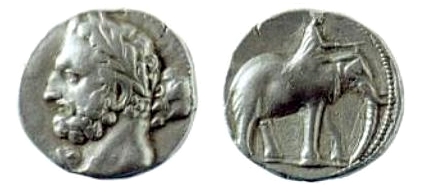
An ancient Carthaginian coin believed to depict Hamilcar
The harsh inland geography of Spain and its unparalleled access to two major bodies of water, together with constant invasions, all established a country characterized by fragmentation. As a result, several diverse languages are spoken within its borders, and its people hold very different customs and traditions. This fragmentation is certainly exacerbated if not caused by its topography, especially because of all the dramatic mountain ranges and hard to navigate rivers made internal transportation historically difficult.
Moreover, the constant historical turmoil no doubt increased the countrys diversity, with different regions experiencing various conquests and launching distinct rebellions against an array of different foes. For instance, in the War of the Spanish Succession, the regions took different sides, which meant Spains different groups fought both an international conflict and a civil war.
Font size:
Interval:
Bookmark:
Similar books «Catalonia: The History and Legacy of Spain’s Most Famous Autonomous Community»
Look at similar books to Catalonia: The History and Legacy of Spain’s Most Famous Autonomous Community. We have selected literature similar in name and meaning in the hope of providing readers with more options to find new, interesting, not yet read works.
Discussion, reviews of the book Catalonia: The History and Legacy of Spain’s Most Famous Autonomous Community and just readers' own opinions. Leave your comments, write what you think about the work, its meaning or the main characters. Specify what exactly you liked and what you didn't like, and why you think so.

